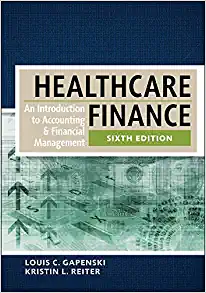

Need help with these problems
1. You own a toy factory that will pay you $20,000 per year for 14 years, with the first payment being made today. If you think a fair return is 11%, how much should you ask if you decide to sell it? a. $184,337 b. $154,997 c. $217,513 d. $115,976 e. $202,771 2. What is the present value of a 6-year ordinary annuity of $2,000 per year plus an additional $3,000 at the end of Year 6 if the interest rate is 7%? a. $11,793.06 b. $11,532.11 $14,974.77 . $13,643.81 e. $12,390.03 3. Your uncle has $2,000,000 and wants to retire. He expects to live for another 45 years, and to be able to earn 4% on his invested funds. How much could he withdraw at the end of each of the next 45 years and end up with zero in the account? a. $87,573.77 b. $93,401.63 $74,664.40 d. $70,952.45 e. $96,524.91 4. Your bank account pays a nominal interest rate of 11%, compounded semi-annually. Your plan is to deposit $2,400 in the account at the end of each of the next 10 years. How much will you have in the account at the end of year 10, after making your final deposit? (Hint: The annuity payments don't match compounding periods.) a. $32,259.47 b. $36,570.13 C. $40,722.12 d. $40,456.05 e. $66,131.91 5. You are saving money for your first car, and you plan to make regular deposits into a brokerage account earning 17%. Your first deposit of $4,700 will be made today. You also plan to make three additional deposits in the next three years. Your plan is to increase your deposits by 10% a year. How much money will be in your account after six years? a. $44,067.24 b. $43,421.00 $32,485.98 d. $34,664.55 16. If the appropriate discount rate for the following cash flows is 14.7% per year, would you invest $77,000 for a project which generates the following cash flows? Year Cash Flows 1 $20,600 2 $24,900 4 $37,700 $24,200 a. Yes! It has NPV of $8,270.77 b. No! It has NPV of -$1,148.38. Yes, it has NPV of $18,270.77. d. No! It has NPV of - $1,729.23 7. Which of the following statements is/are correct regarding an annual rate of 6%? a. Its EFF (or EAR) is larger than 6%, if the rate is semi-annually compounding. b. Its periodic rate is larger than 3%, if the rate is semi-annually compounding. . Its EFF (or EAR ) is same as 6%, if the rate is annually-compounding. d. Both a and b are correct. e. Both a and c are correct. 8. A bank recently loaned you $750,000 to buy a house. The loan is for 30 years and is fully amortized. The nominal rate on the loan is 3.5%, and payments are made at the end of each month. What will be the remaining balance on the loan after you make the 130th payment? a. $548,125.07 . $578,363.22 c. $545,890.73 d. $548,532.38 2. $563,738.89 9. The proportion of the payment of a fully amortized loan that goes toward interest decreases over time. a. True b. False 10. Other things being equal, the present value of a 3-year, $150 annuity due will be less than the present value of a 3-year, $150 ordinary annuity. a. True b. False










